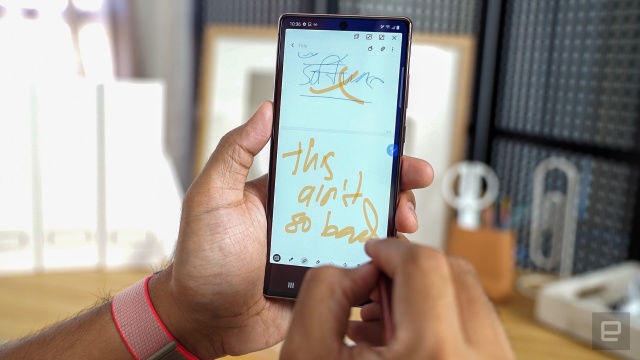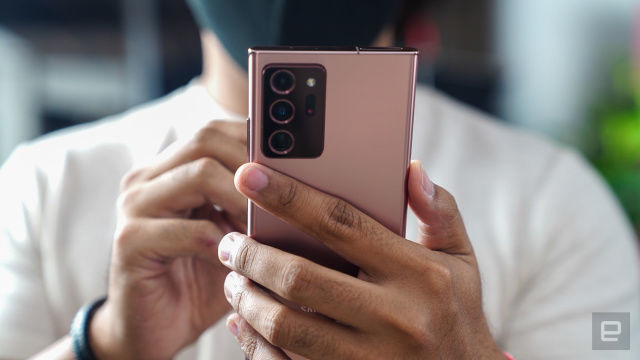Government coffers aside, Trump’s fixation on TikTok may seem bizarre, especially at a time when the United States is in the midst of a deadly pandemic that has killed thousands and cratered the economy. But TikTok’s days as a non-American app have been numbered for a while. It’s not just Trump, either. Even before his recent announcements, suspicion of TikTok has been a rare source of bipartisan agreement.
The exact nature of those suspicions has been murky, though. Critics point out that, since parent company ByteDance is based in China, TikTok could be forced to hand over data to the Chinese government.
TikTok has fought back against these claims. The company says it has an American CEO, and says it doesn’t take orders from China. It even hired an “army of lobbyists” to bolster these claims and convince officials TikTok isn’t really political.
“In meetings with lawmakers, lobbyists insist that the app is mainly for entertainment and is not the type of content that is normally targeted for government surveillance,” the NYT reports.
Officials have so far been unconvinced, and maybe rightfully so. Because while TikTok is known chiefly as a source of entertainment, the app has become more political, too. As TikTok’s popularity has skyrocketed in the US — it has 100 million US users, according to The Wall Street Journal — its influence has grown.
It’s that influence, and the technology that turned the Chinese app into a formidable competitor to its much larger social media counterparts, that has caused so much concern.
The Algorithm
At the heart of these concerns is TikTok’s algorithm, which drives the bulk of the app’s engagement and plays an outsize role in what goes viral on its platform. It’s also one of the key features that sets TikTok apart from other social apps — and what makes it so addictive. The app defaults to the algorithmically-generated “For You” feed, which serves up an endless stream of videos based on your interests and prior activity. But unlike Facebook, Twitter or Instagram, where users’ main feeds are driven by accounts they already follow, For You is separate from your existing subscriptions.
Some critics have pointed to this algorithm as a potential danger in allowing a foreign-owned app to have so much influence. If the Chinese government can compel companies to participate in state-sponsored surveillance, then perhaps they could influence TikTok to meddle in US affairs more directly, the thinking goes.
TikTok has recently taken steps to demystify its algorithm, and has promised to allow experts to examine it. But users would be hard-pressed to predict what kinds of videos will show up in their feeds at any given moment. And some informal tests have shown TikTok can be just as susceptible to filter bubbles as other platforms. Just as Facebook has been accused of manipulating its News Feed algorithm to favor one side of the political divide, some critics say TikTok could also use its algorithm to steer debate or sow division.
“TikTok’s algorithm, unmoored from the constraints of your social network or professional content creators, is free to promote whatever videos it likes, without anyone knowing the difference,” analyst Ben Thompson recently wrote. “TikTok could promote a particular candidate or a particular issue in a particular geography, without anyone — except perhaps the candidate, now indebted to a Chinese company — knowing.”
That may sound alarmist, even conspiratorial. But TikTok does have a troubling history of taking a heavy-handed approach to moderation. The app at one point had rules barring some types of “political” content from its recommendations, according to leaked guidelines. Documents obtained The Guardian last year suggest the app has used its content rules to advance “Chinese foreign policy aims.” And the company at one point encouraged moderators not to recommend “highly controversial” content, and both Barack Obama and Donald Trump appeared on a list of banned “foreign leaders or sensitive figures,” according to The Guardian. TikTok later acknowledged its “this was not the correct approach,” and that its policies had evolved.
Despite all the furor, there’s been little direct evidence to back up claims that TikTok is a national security threat, or that the app “spies” on its users. Well, at least not more than other data-hungry social media apps. Some have pointed to a recent incident, when TikTok was caught “snooping” on users’ clipboards, but even this was hardly definitive. And TikTok was far from the only app grabbing this kind of data, which the company said it used for anti-spam purposes.
Still, the 2016 election proved that easily-manipulated algorithms can be quite powerful. So it’s not surprising that some are spooked.
Some TikTok fans suspect it’s more personal for Trump. After all, it was TikTok users who gleefully claimed credit for lackluster turnout at a June campaign rally after a series of viral videos encouraged users to register even though they had no intention of attending.
More recently, Trump’s threats to ban TikTok incensed the app’s users so much they undertook a new campaign to sink the Trump app’s rating in the App Store — apparently believing that tanking its rating could get it kicked out of Apple’s App Store. (It didn’t, but the results of the prank resulted in hundreds of one-star reviews.)
So it should come as no surprise that TikTok users are in a frenzy, with some of the app’s more popular users looking for a Plan B — and rivals like Facebook and Snapchat are poised to swoop in.
It’s still not exactly clear what Trump means when he says he intends to “close down” TikTok if a deal doesn’t come together. He has threatened to use an executive order, but there are other laws that could allow the government to force a sale. The demand that the Treasury get a cut of any acquisition, which has also angered China, is, at best, legally dubious.
If TikTok’s influence does dissolve — either because of a ban or because the current uncertainty gives Facebok the leverage it needs to take over — it means the first real competitor to Facebook in years will have been neutralized. That’s more than a little ironic considering Facebook’s lack of competition has, after all, been another topic of concern among lawmakers.
At the same time, officials have made it very clear that while they may want American tech giants to have more competition, they don’t want it to come from China. Forcing TikTok into American hands, then, might give them the opportunity to have it both ways. The real question will be not who ends up owning the app, but whether it can continue to thrive in another company’s hands.









